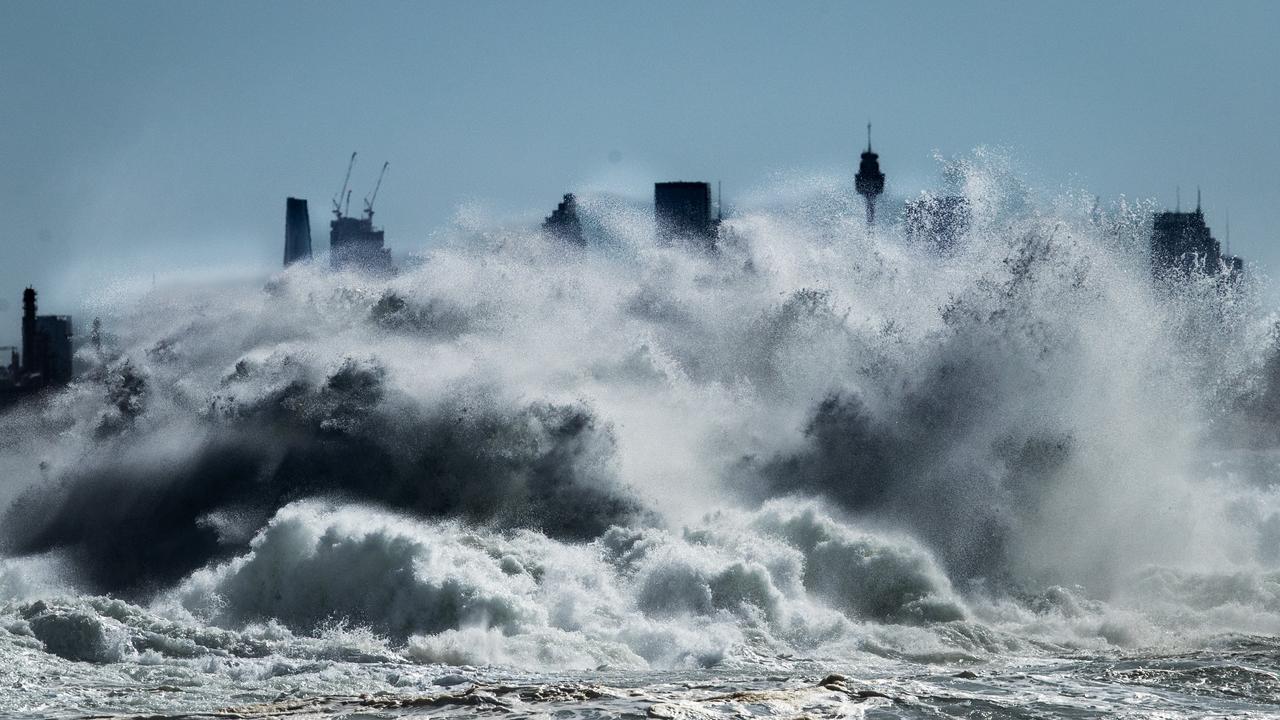As an icy chill settles across Australia, we look at what causes a polar blast
As Australia shivers in icy conditions this week, we explore what causes a polar blast and why it makes the temperature plunge

READING LEVEL: GREEN
If you woke up shivering from the cold and started reaching for your slippers or a warm woolly jumper this morning, you weren’t alone.
A chilly polar* blast has sent temperatures plummeting* to near zero across Australia and we are being warned to rug up.
The Bureau of Meteorology* said Melbourne, Sydney, Adelaide, Canberra and Hobart all felt the cold at the weekend, with snow and hail blanketing some cities.

Bureau senior meteorologist* Dean Narramore warned people to dig out their jumpers, gloves, scarfs and beanies, with snow also expected to fall at 600m in Tasmania, 800m in Victoria and as low as 900m in New South Wales this week.
“We’ve seen temperatures anywhere from four to eight degrees below average in Tasmania, Victoria and NSW and on Monday that cold air will get up into Queensland,” Mr Narramore said.

“We’re likely to see widespread* inland frosts* through northern Victoria and much of NSW. We could even see frosts get up into parts of Queensland on Monday and Tuesday.”
Mr Narramore described it as “a sure sign that winter is on its way.”
WHAT IS A POLAR BLAST?
A polar blast is a wind pattern around an area of extremely cold air. It always exists at both the North and South Poles. It is also called a polar vortex*, because a swirling flow of air going anticlockwise typically keeps the air close to the poles — like a whirlpool that puts a fence around the cold air.
Occasionally, a change in weather patterns forces the cold air to break this fence and it sends a big, powerful blast of icy air north to Australia from the Antarctic, which causes our temperature to plunge*.

GLOSSARY
polar: relating to the North or South Pole
plummeting: to drop quickly
Bureau of Meteorology: organisation that predicts and explains weather patterns
meteorologist: a person who studies the weather
widespread: found over a large area
frosts: water that becomes solid when an outside surface is cold enough
vortex: something that resembles a whirlpool
plunge: to drop quickly
EXTRA READING
Our cities could be too hot to live in
Sir David Attenborough’s climate change warning
Wanted: fridge fixer for the coldest place on Earth
QUICK QUIZ
Which organisation has warned of chilly days ahead?
Which three states are expecting snow in coming days?
What is the name given to the cold snap?
Where does Australia’s cold air come from?
In which direction does the cold air swirl?
LISTEN TO THIS STORY
CLASSROOM ACTIVITIES
1. Recipe for a Chilly Winter
Write your own recipe card to survive a chilly winter in your part of Australia.
Your recipe should include a list of ingredients and then the method of how to mix them all together to survive this cold winter blast.
Give your dish a name and present it as a nice recipe card.
Dish name:
Ingredients:
Method:
1.
2.
3.
4.
5.
Time: allow 30 minutes to complete this activity
Curriculum Links: English, Personal and social, Critical and creative thinking.
2. Extension
What do you think this early polar blast means for winter temperatures? What are some of the advantages of winter over summer?
Time: allow 10 minutes to complete this activity
Curriculum Links: English, Science, Critical and Creative thinking.
VCOP ACTIVITY
What’s the weather like?
1. Read the article carefully and underline the words that describe the weather.
Then imagine you woke up this morning and it was very cold. Write a short paragraph (3-4 sentences) describing how you felt and what you did to keep warm. Try and use some of the weather description from the article.
Extension: Discuss with a partner or in a small group what you like and dislike about winter. Share your ideas with the class.

